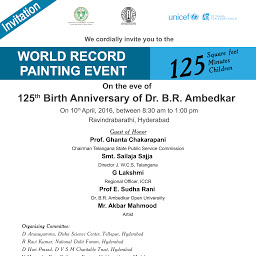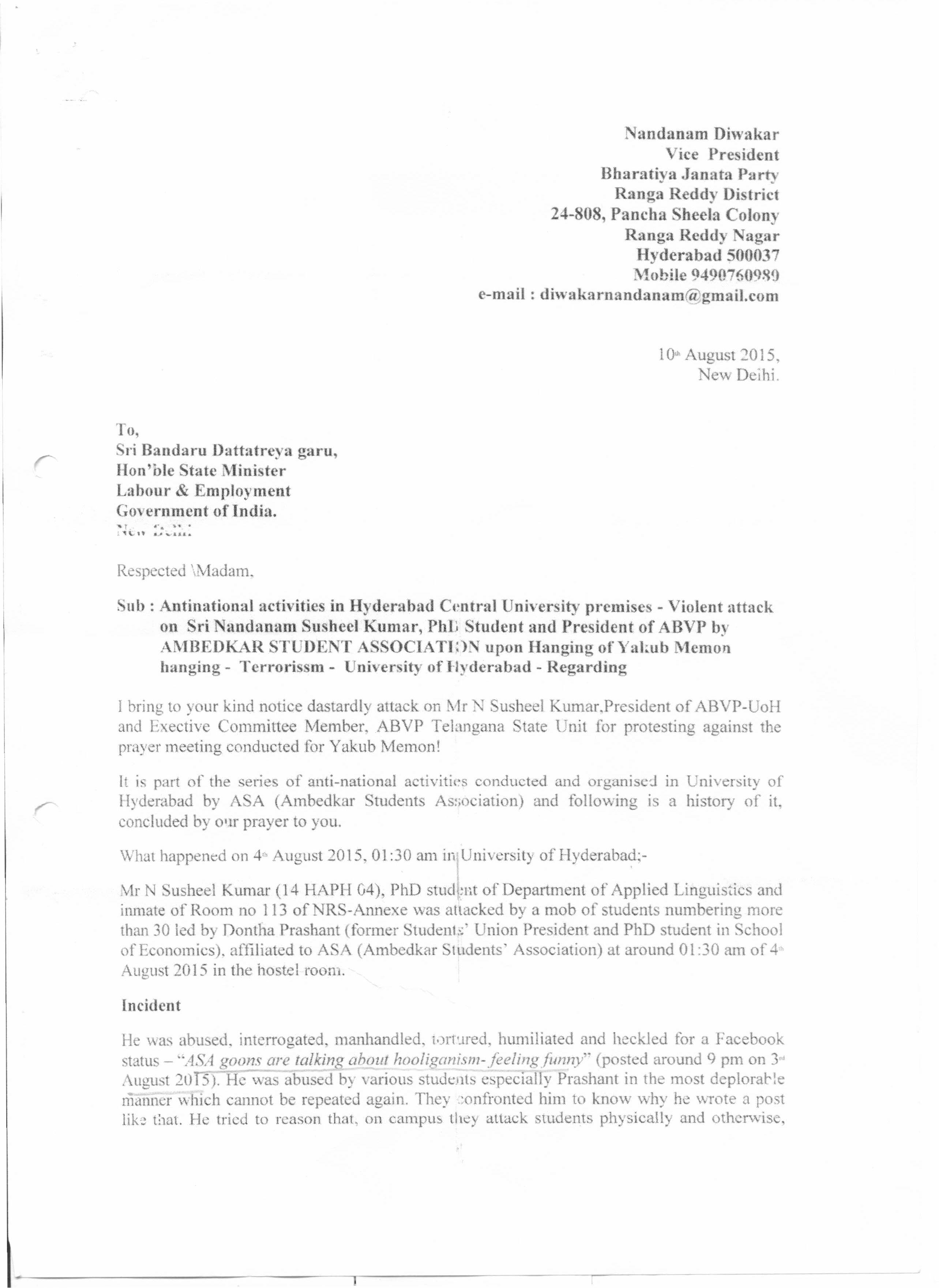Umar Nizar

John Stratton Hawley has emerged as one of the foremost scholars of Bhakti literature living today. His spatial location in the metropolitan USA and his avowedly apolitical stance make him a crucial pawn in the ongoing struggle for the legacy of Indian History. In his recent ‘Storm of Songs: India and the Idea of the Bhakti Movement’, winner of the Kentish Ananda Coomaraswamy Prize, Hawley makes the point that Bhakti was a network in early modern India and not a ‘movement’. When Hawley nitpicks about the intricacies of Bhakti literature ever being a movement at all in the way it often is touted to be, what he misses is the fact that it is an invented emancipatory tradition.
Hawley and his students such as Taylor Walker Williams (Williams was a researcher at the Jawaharlal Nehru University (JNU) where he worked with the Hindi Bhakti scholar Purushottam Agarwal. While in JNU, he was elected as an office-bearer of the JNU students union under the banner of the leftist All India Students Association-AISA, before abruptly leaving his post citing family issues, which Indians apparently can relate to with easily) form the core of Indian theological pedagogy at elite American Academia. In contrast to the Sanskritists Sheldon Pollock, and Wendy Doniger who while being in the thrall of ancient India are also critically aware of the contradictions present in the way in which that problematic past is being channelized for controlling the present.
As for Hawley and other flower children who as detritus of the beat generation and the 1968 student movement found their spiritual locus in India, they are reluctant to let go of the promise of that high noon of oriental wisdom in the west. (Right-wingers in India, aware how important Hawley as a latter-day Max Mueller is in their scheme of things, even had someone impersonate him on YouTube for a while). While Hawley has been critical of the internal power politics and shenanigans related to the globally active International Society for Krishna Consciousness (ISKCON), he is reluctant to take on with the same vehemence, the right-wing forces that are at present ripping apart the fabric of all that medieval Indian spiritual devotionalism (Bhakti) stood for.
While secularism in the Indian context has been conflated with religious notions, this has led to immensely complicated political manifestations of the same, leading capillary power with the stamp of religiosity to commit micro and macro aggressions. The subaltern theology as proposed oppressed classes across faiths, have their wellspring in the medieval mystical theology propounded by among others, Kabir, Ravidas, Namdev, Akka Mahadevi, Lalon Fakir and Basavanna. It is due to this corpus of mostly oral literature that the elite in India could never exercise their complete hegemony over the subalterns. In Sartrean terms, ‘man is essentially free because he can imagine’. This imaginative space carved out by the subaltern leaders conferred a degree of relative autonomy upon the oppressed in India, so much so that the hegemony by the upper caste religious elite never became complete and they had to contend with mere dominance. While confining himself to the narrow notions of traditionalist readings of religion, Hawley is intentionally blind to the political potential of this vast corpus of subaltern literary resources. While the marginalised status Hawley relegates South Indian Bhakti to, could be attributed to the temperamental kinks of a literary scholar, the purposeful obliteration of subaltern theology as a whole can only be ideological.
While the subaltern school in India has been intentionally oblivious to subaltern religiosity as an emancipating theology, the East Coast Indologists like Hawley, while stressing upon faith, have done away with the category of the subaltern altogether. Even more detrimental to the cause of academic scholarship has been his systematic denial and neglect of subaltern religious theology, that perhaps holds the only way out of the vicious cycle of religious fundamentalism and political one-upmanship in India. Scholars like Christine Lee Novetzke have at least tangentially addressed these methodological issues.
In the book ‘The Life of Hinduism’ that Hawley co-edited with Vasudha Narayanan and published by University of California Press, there is a brief section on caste comprising an essay on Sant Ravidas composed by Hawley and Mark Juergensmeyer and a short story by Lalitambika Antarjanam called ‘Revenge Itself’ which according to the editors ‘fictionalizes a celebrated nineteenth-century event that vividly dramatized the costs of being a Nambudiri Brahmin woman’. Thus the categories of caste and gender are conflated without any sense of intersectionality; that the subjugation of the Nambudiri woman is implicated in the subjugation of the subalterns. There is an essay by Hawley himself on Ayodhya and the rise of a militant right-wing, included in a largely positively framed section in the book entitled ‘identity’. In the context of identity, subaltern struggles are seldom evoked. Hawley hardly ever cites Dr. B. R. Ambedkar, either in the modern Indian constitutional context or in the emancipatory subaltern one.
Hawley at present is the Claire Tow Professor of Religion at Barnard College, Columbia University. In the course entitled ‘RELIGION G8515 BHAKTI TEXTS OF NORTH INDIA: THE SURSAGAR’ that he offered at the Columbia University, in the fall of 2013, there is hardly any mention of the subaltern political framework of Bhakti. Disability in Sur is expunged as some sort of Lockean malformation. In a syllabus reminiscent of I. A. Richards’ experiments in new criticism, the aesthetic, metrical and performative dimensions of the poetry of Surdas are foregrounded. But socio-political context need not necessarily be alien to such aesthetic inquiry. It is interesting to observe that here in the context of Bhakti authorship, Hawley cites scholars of Tamil, such as David Shulman and Norman Cutler.
While in India, Hawley comports himself as a sort of chivalrous Krishna accompanied by a bevvy of adoring groupies from elite institutes. In his hands, even the ‘work is worship’ philosophy of Bhakti becomes a Brahmin clarion call to arouse the lazy subalterns. With scholars in tow, Bhakti literature, in a religiously prone civilization like America, runs the risk of being a tool in the hands of ideologues such as Vamsi Juluri and Tulsi Gabbard. Only a return to its subaltern theological roots can redeem Bhakti from such elitist manipulation.
~~~
Umar Nizar is a research scholar at JNU.









